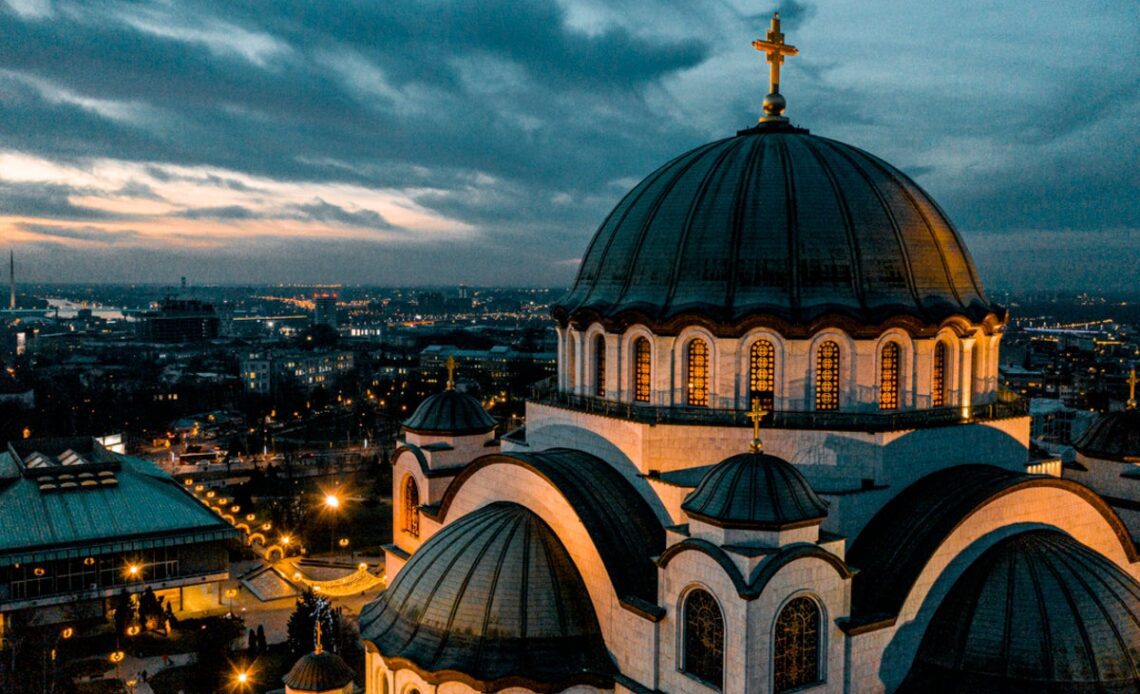Buzzing cities, elegant architecture, a mind-bendingly varied history and some truly astonishing landscapes make Serbia one of the most compelling countries in Eastern Europe. It’s exuberant, hospitable (bring a big appetite) and crammed with cultural and culinary legacies from Ottoman and Habsburg times.
It’s also one of the most affordable places to visit: some of the prices, particularly food, drink and transport, will make you do a double take. Its national parks – encompassing river canyons, mountains, lakes, caves and forests – show off Serbia’s untamed nature and beauty.
Travel restrictions and entry requirements
Serbia no longer has any Covid entry requirements, including proof of vaccination or negative Covid test. Masks aren’t mandatory, although some parts of the population are still wearing them.
Best time to go
The months from spring to autumn are the best times, as winter can be cold and snowy (unless you want to go skiing in Serbia’s main ski resort of Kopaonik). Serbia has a busy schedule of festivals from May to September, especially in the capital, Belgrade, as well as the Exit Festival in Novi Sad in early July. Niš’s Nišville Jazz Festival takes place in August, as does the Belgrade Beer Festival and the riotous Guča Trumpet Festival. The Belgrade Book Fair in October is one of the biggest and oldest in the region. Christmas is also a popular time to come, especially Orthodox Christmas which is on 7 January (with the main festivities on 6 January).
Top regions and cities
Belgrade
Serbia’s capital hums with activity and is constantly on the move. With more and more of Stari Grad (Old Town) becoming pedestrianised, it’s a pleasure to wander its café-filled thoroughfares using the main artery, Knez Mihailova, as your starting point. Check out the fabulous art at the National Museum of Serbia in Republic Square before ambling along to Kalemegdan, the enormous and historic park that overlooks the confluence of the Danube and Sava rivers. You’ll see the riversides teeming with floating restaurants and clubs, while wide waterside paths invite lazy strolls and bike rides. Cross the Sava to the old Habsburg suburb of Zemun and wonderful views from its Gardoš Tower. Back in Stari Grad, you’ll be faced with the dizzying choices of places to eat and drink in the tree-lined streets of Dorćol….
Click Here to Read the Full Original Article at The Independent Travel…
